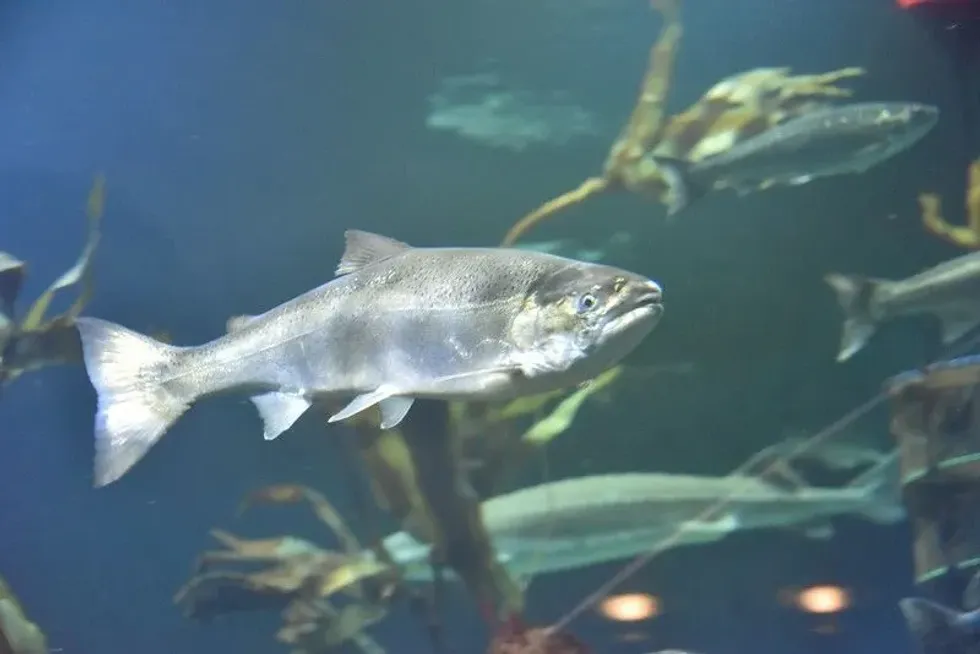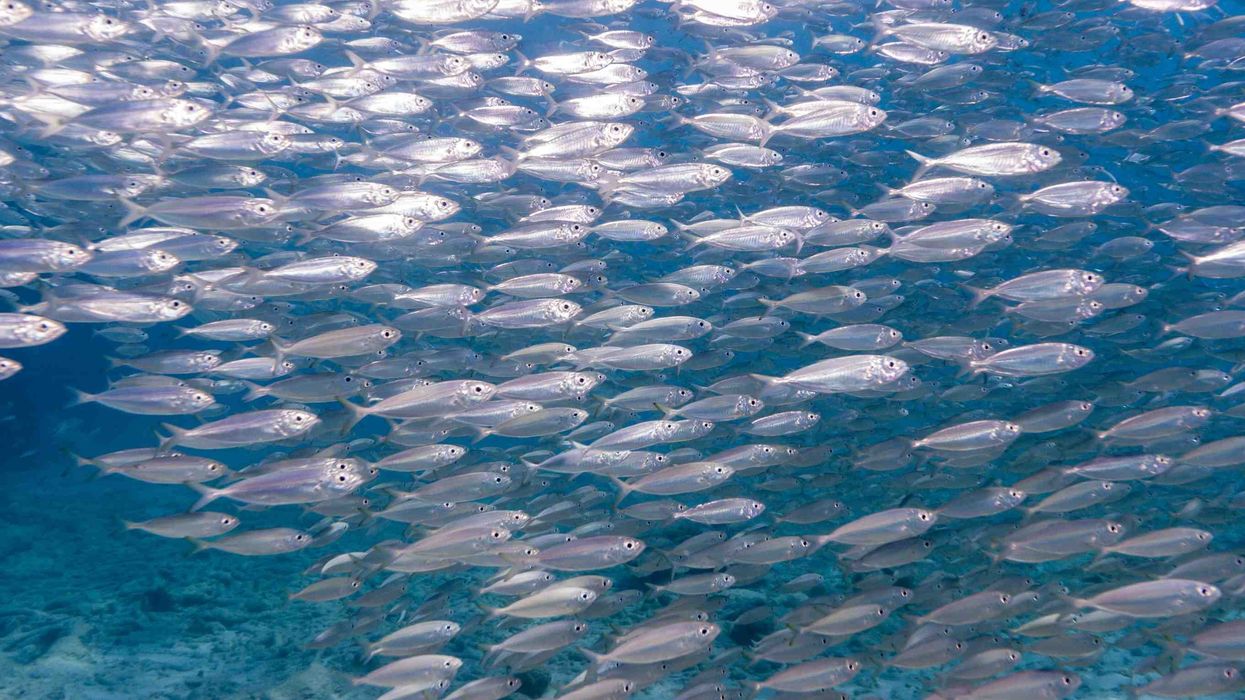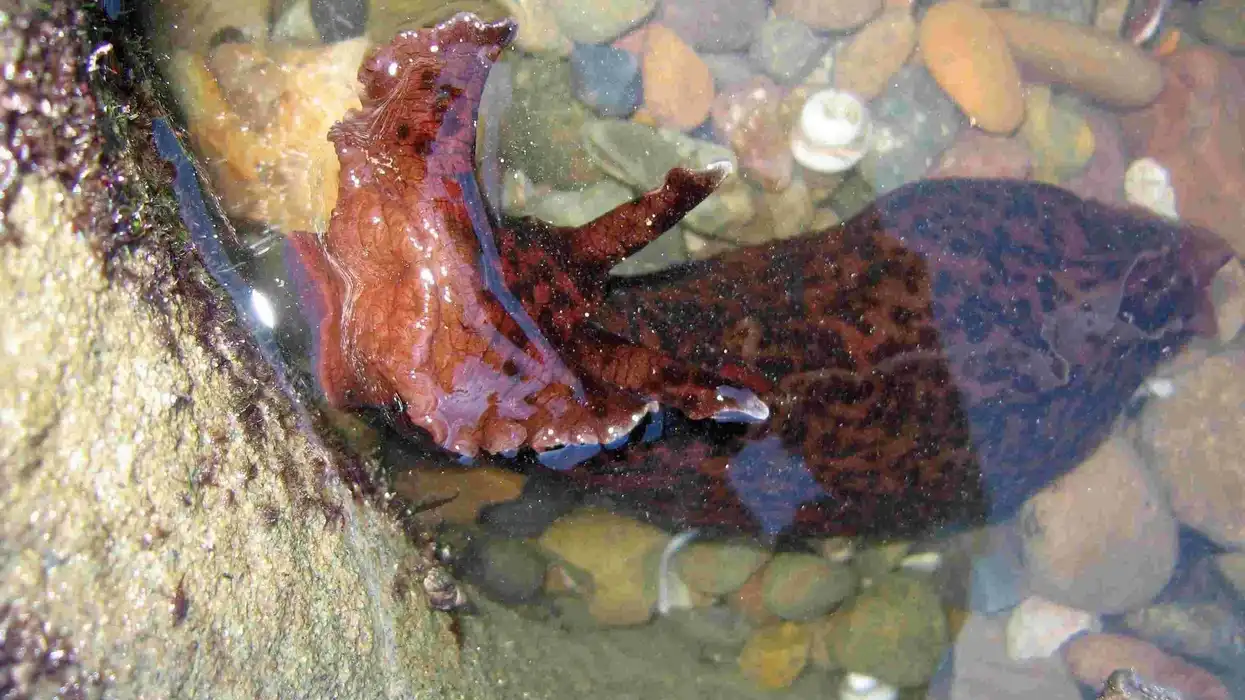The Pacific Salmon belongs to the family Salmonidae which also contains the Pacific trout. They flourish in the North Pacific Waters of the US and Canada and there are a total of five different Pacific salmon species.
We'll start off with the smallest of the bunch, the pink salmon that live in Pacific and Arctic coastal waters and rivers. The sockeye salmon is found in the Columbia River in the eastern Pacific, the Mendocino Coast of California, and Japan in the western Pacific ocean.
The chum salmon can be found living in the waters of British Columbia in Canada, the Yukon River, and the Amur River Basin.
The coho salmon lives in the North Pacific Ocean of Japan, Eastern Russia, the Bering Sea to Alaska, and Monterey Bay in California. Finally, the largest salmon, the Chinook salmon is found residing along the Ventura River in California to the Kotzebue Sound, Alaska.
Pacific Salmon are a huge contributor to our diet. The fish is especially popular to eat in Canada, and also plays an important role in the economy of Canada.
Salmon fisheries generate a lot of revenue to most countries, including Canada, and provide thousands of jobs.
However, large-scale salmon fishing has affected the populations of salmon and wildlife all around the world. Over-fishing of these fish in fisheries and lakes has resulted in the decline of many species and subspecies of the Pacific salmon such as the steelhead salmon, in their native ranges, and other forms of wildlife.
The salmon found in the Pacific Northwest has reduced by 10% in recent years and many existing salmons belong to hatcheries and are not in the wild. Due to this decline, several countries have come together to protect the Pacific salmon's ecosystems and control fisheries before it's too late.
They have also named a few subspecies as officially Endangered.
Hatcheries will never be able to replace the wild salmons in our ecosystems, but, they are still a vastly important factor. Several hatcheries are certified by the Marine Stewardship Council and they contribute to the rising supply of salmon, rather than fishermen depending on just wild salmons.
To find out more about other fish, check out our guides to drum fish and fluke fish too!
Pacific Salmon Interesting Facts
What type of animal is a Pacific salmon?
All types of Pacific salmon are fish.
What class of animal does a Pacific salmon belong to?
They belong to the Actinopterygii, a class that also includes trout and grayling fish.
How many Pacific salmon are there in the world?
There are millions of Pacific salmon around the world.
Where does a Pacific salmon live?
Pacific salmon live primarily in the North Pacific waters of the US and Canada.
What is a Pacific salmon's habitat?
A wild Pacific salmon can live in multiple habitats depending on the region. Their life cycle starts when they hatch into baby salmons called alevin in freshwater rivers, lakes, and streams.
They then turn into parr and remain in their natal stream for at least six months, until they turn into smolt. Then they begin to migrate towards the saltwater ocean where they spend five years, before swimming back to their natal streams to spawn.
Who do Pacific salmons live with?
They live among their own salmon populations in schools. Together, in schools, they feed and thrive from the endless ocean, much like trout.
How long does a Pacific salmon live?
Pacific salmon, depending on the type, can live for between two and seven years.
How do they reproduce?
Adult Pacific salmon attract each other by changing their skin color. When they are ready to mate, salmon migrate upstream to reach their preferred freshwater streams.
Here, the female digs up a nest in gravel using her tail to spawn, and the male comes by and fertilizes the eggs in the freshwater.
The salmon get all the energy they can from the freshwater without consuming any food, and by the end of this mating process, they die. After an incubation period of between 60 to 200 days, the eggs hatch, the spawns begin their own journey towards the sea, and the cycle repeats.
What is their conservation status?
Pacific salmons exist in the millions in their habitats so they are of Least Concern.
Pacific Salmon Fun Facts
What do pacific salmons look like?
These salt water salmon species of North America and British Columbia have two phases, an ocean/saltwater phase, and a spawning phase, and depending on the species of Pacific salmon, their appearance slightly differs.
Pink salmon in freshwater have spots all over their backs and tails, and during the spawning phase, males develop a hump on their back with a white mouth and black gums. Sockeye salmon in their spawning phase have a red-colored body, an almost colorless tail, and a greenish head.
The male sockeye develops a kype and wide shoulders, all sockeyes have a white mouth and white gums.
Chum salmon, in their spawning phase, develop colorful bands of purple, green, and yellow all over the body, and coho salmon, during their spawning phase, attain a deep red all over the body with a black spot. The mouth of the coho salmon is black with white gums.
Lastly, Chinook salmon, also known as the 'king salmon', look the same in both ocean and spawning phases with black spots on their back and tail lobes.

How ugly are they?
They are certainly not the most pleasant-looking fish in the world!
How do they communicate?
Pacific salmon change their skin colors to attract a mate and can also vibrate to grab the attention of a potential partner.
How big is a Pacific salmon?
Pacific salmons vary in size depending on the species. On average, they range from 19-60 in (50-150 cm).
How fast can a Pacific salmon swim?
The sockeye species of Pacific salmon can swim at an average speed of just over 1 mile per hour (1.8 km per hour).
How much does a Pacific salmon weigh?
Pacific salmons weigh between 8-136 lb (3.7-61 kg).
What are their male and female names of the species?
These fish are simply referred to as male salmons and female salmons.
What would you call a baby Pacific salmon?
Baby Pacific salmon are referred to as alevin.
Do humans eat them?
Humans have been consuming salmon for a long time. We either catch them from the sea or grow them in a contained area (known as farmed salmon).
It is suggested that Pacific salmon caught from the sea is better for our health. If we wish to continue to enjoy these fish, we must also make sure to protect them from threats to their habitats in North America and British Columbia especially.
Are they dangerous?
They are not particularly dangerous to any species, much similar to trout.
Would they make a good pet?
No, you shouldn't move a Pacific salmon out of its natural coastal habitat.
Did you know...
Did you know that Pacific salmon are unique because they can live in both freshwater and marine salt water, like trout? One of the best Pacific salmon facts for kids is that more than 100 species eat wild salmon! Also, this salmon's migration involves the population going upstream from October to November every year to spawn.
What is the difference between Atlantic and Pacific salmon?
Wild Atlantic salmons are found in Atlantic oceans, rather than Pacific ones. Also, Pacific salmons are considered to be healthier to eat, as Atlantic salmon are more likely to be farmed.
How deep can they go?
Although the exact water depth that wild Pacific salmons can reach is not known, it is known that when these salmon move from fresh to saltwater they can swim to greater depths.
Here at Kidadl, we have created lots of interesting family-friendly animal-related facts for everyone to discover! Learn more about some other fish including the skatefish, or swai fish.
You can even occupy yourself at home by drawing one on our Pacific salmon coloring pages.










